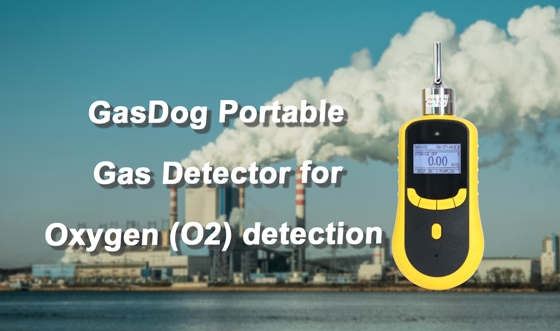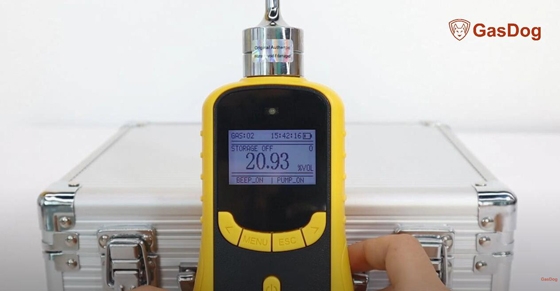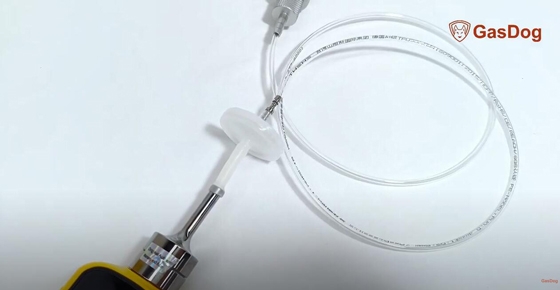GasDog portable O2 gas detector is a handheld device designed to monitor and detect the presence of Oxygen (O2) levels in the surrounding environment. It is a crucial tool for ensuring safety in various industries, including manufacturing, mining, and confined spaces, where Oxygen levels can fluctuate and pose risks to workers. These gas detectors & monitors typically use sensors to measure O2 concentrations and provide real-time readings, sounding alarms or alerts when Oxygen levels fall outside the safe range. Using a gas detector is crucial in various settings where Oxygen levels need to be monitored for safety reasons, such as in confined spaces, industrial environments, or emergency response situations. Here are general steps to help you use this handheld O2 gas detector effectively.

Preparation before Gas Detection
- Read the Manual: Always begin by thoroughly reading the user manual provided with the specific O2 gas detector model you are using. Each detector may have unique features and instructions.
- Prepare the Detector: Make sure the detector is clean and in good working condition. Ensure it has been properly calibrated. All operations are performed using five buttons on top of this gas detector. They are ON/OFF, MENU, ESC (escape), UP, and DOWN buttons.
- Power On: Let’s turn this portable O2 gas detector on in an area with fresh ventilation by pressing the ON/OFF button in the center for 3 seconds. During the startup sequence, the screen displays various information.
- Sensor Warm-Up: It will start a 60-second warm-up, which is to make sure that the sensors are fully activated.
- Monitoring: Once the warm-up is complete, the device enters measure mode and you’ll see the real-time Oxygen level displayed simultaneously, measured in percent by volume. In fresh air conditions, the Oxygen reading would be at 20.93%. Other indications you will see on your screen include audible alarm state, pump working state, storage function, etc. The device's default alarms are gas low alarm, gas high alarm, low battery warning alarm in both audible and visual modes.

Oxygen Concentration Detecting
Now we proceed to the area to be inspected and check the O2 concentration.
In addition to using the main unit for detection, it has a probe that is connected to a long, thin rubber tube. It can be assembled and joined together with the detector by attaching the tube to the inlet, just like this. This combination allows for detection in hard-to-reach areas. This is also included in the package if you place an order.

- To test its performance, we prepared a sealed plastic bag filled with the air that a human exhaled.
- Before getting started, make sure that the pump has been turned on. And then insert the probe into the bag.
- The alarm goes off once you get a stable reading that’s lower than the low point that you set.
- In the low alarm mode, the visual alarm will flash red at the top of the screen.
- And the beeper sounds an alarm when the function is activated.
- While in the high alarm mode, the indicator light will flash blue for increasing O2 levels over the high point. And the higher the Oxygen level, the larger the frequency of the audible alert and the flashing light alert. And it’s time for you to take some appropriate actions if any event happens like this on your job site.
When the gas detection is complete, take the probe out of the detected space and wait for the data to get down to the regular value, then simply hold the "ON/OFF" button for 3 seconds to turn off the detector. Always prioritize safety when using a portable gas detector. Familiarize yourself with the specific model's features and guidelines, and follow the manufacturer's recommendations for safe operation and maintenance.
You can also watch the video below to learn more details about the Gas Dog portable gas detector for Oxygen (O2) detection.
